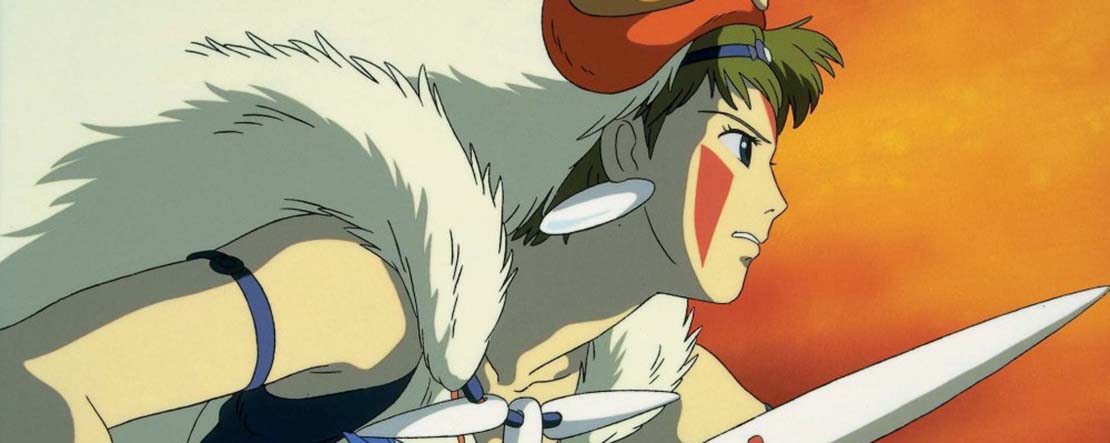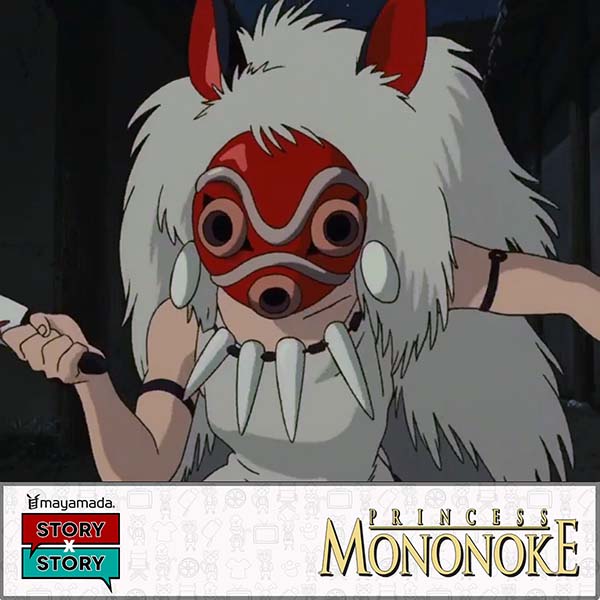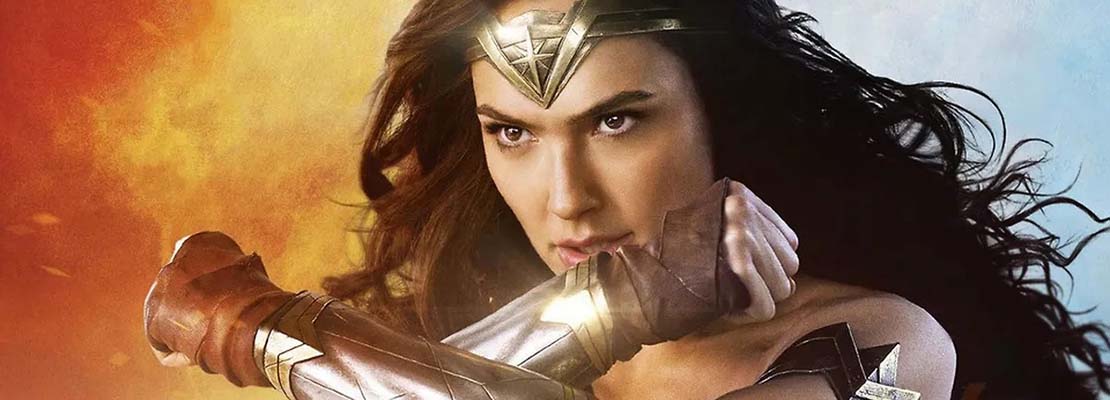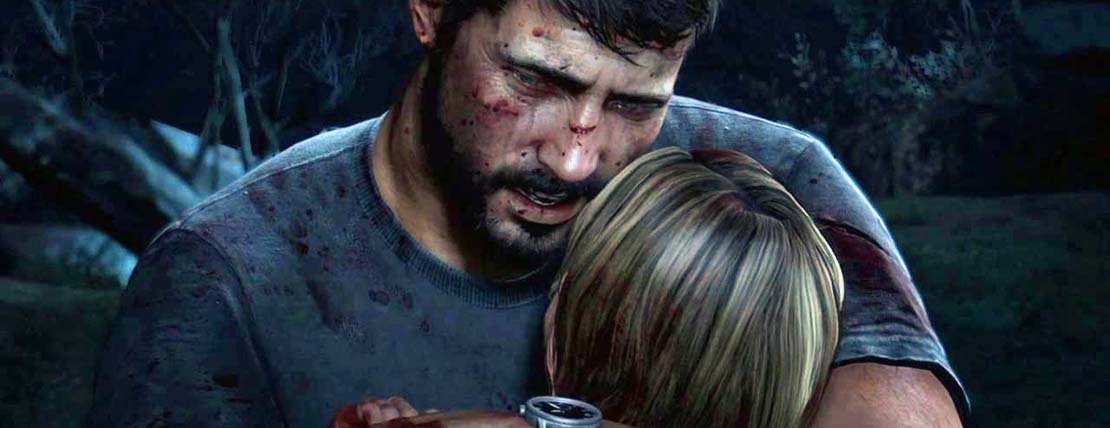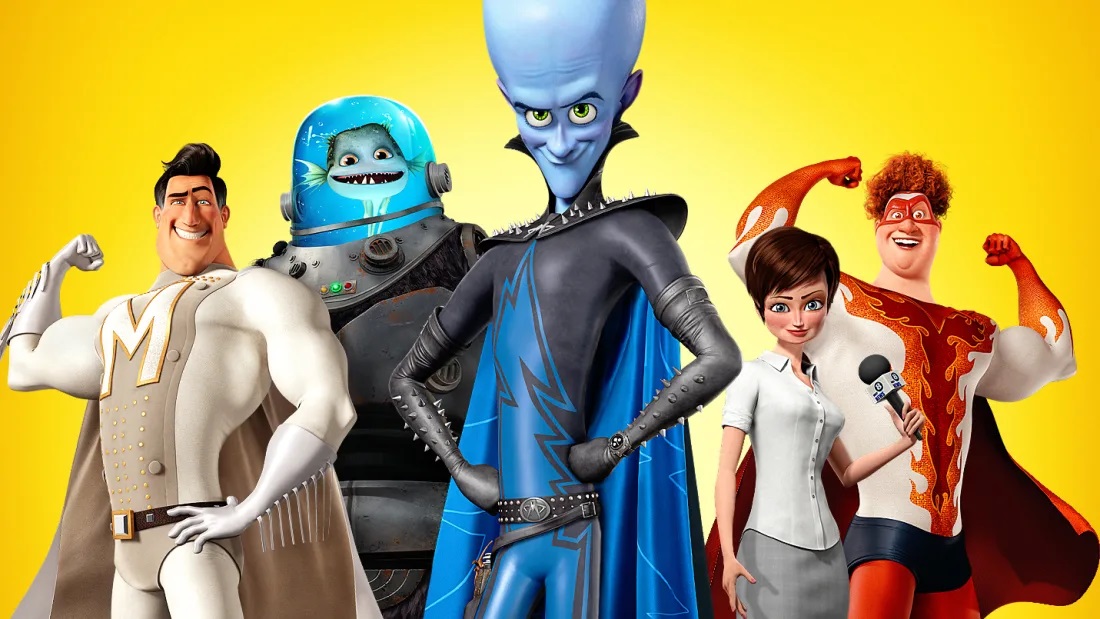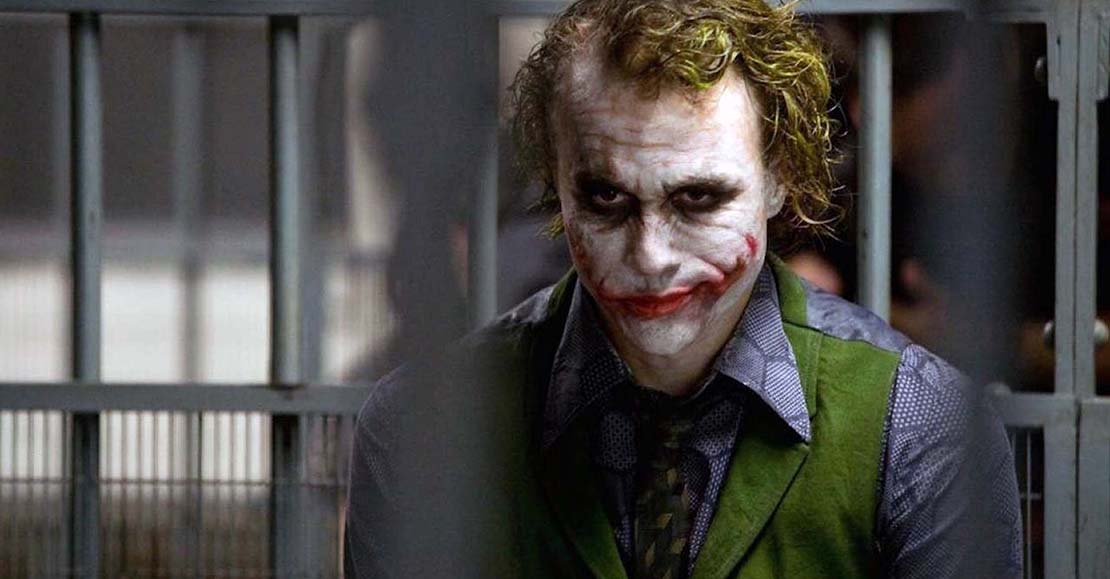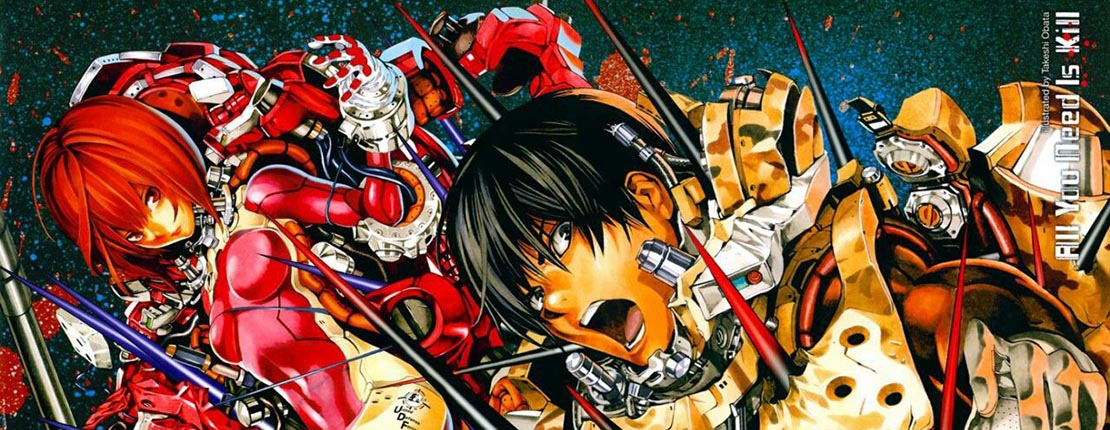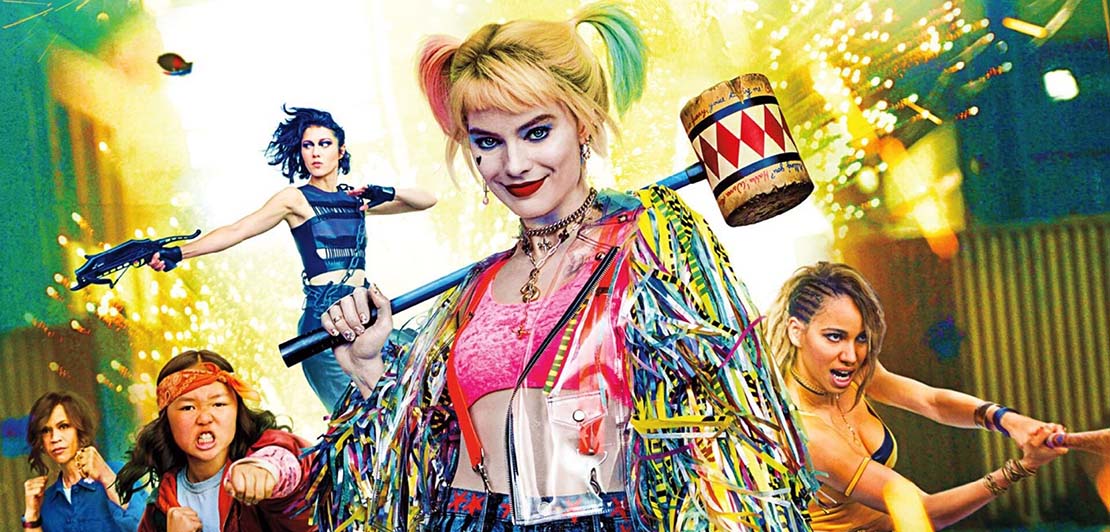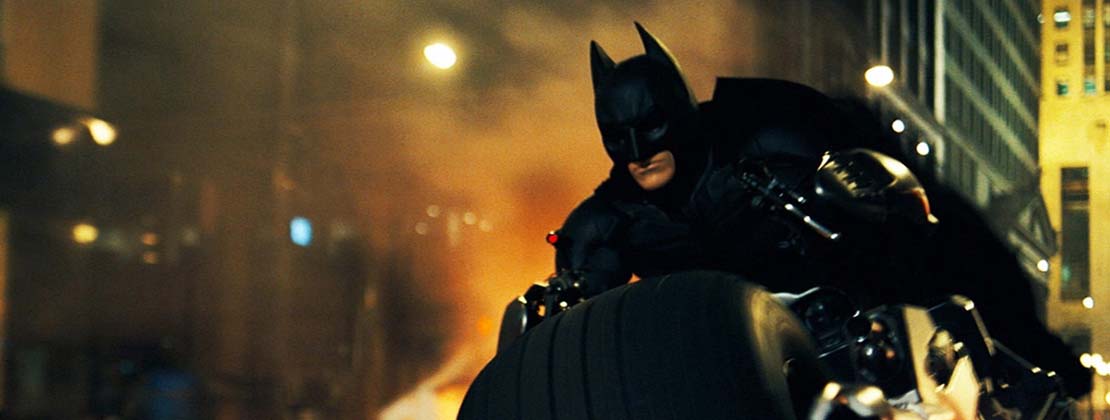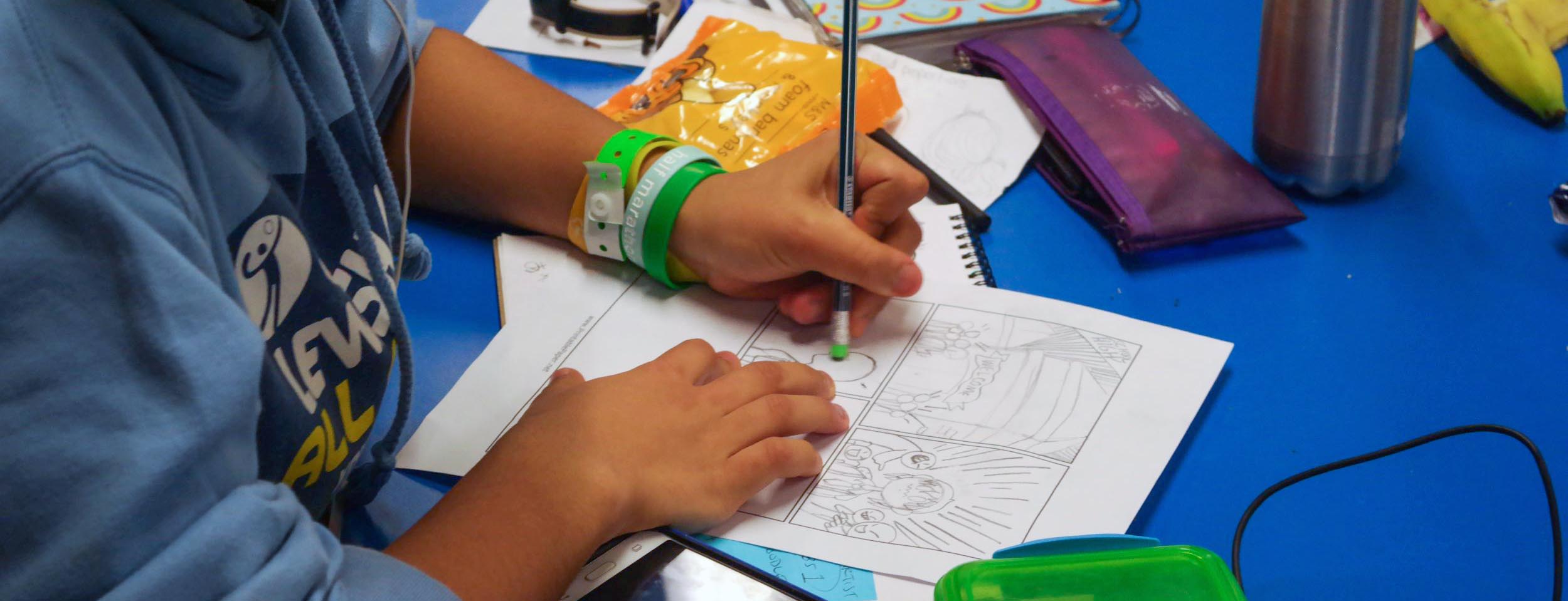Adding Depth To Your Story With Four Corner Opposition (Princess Mononoke)
On episode 32 of the Story x Story podcast, we invited Japanese manga artists, Inko and Chie for their first appearance on the podcast to talk about the Studio Ghibli masterpiece, Princess Mononoke.
Originally released in Japan in 1997, the animated film was dubbed into English by author Neil Gaiman and is one of many in a long line of Studio Ghibli classics. The story follows protagonist Prince Ashitaka as he becomes involved in a conflict between the forest gods and humans who are consuming its resources.
It’s a fantastically engrossing tale and one that takes its time to examine the story’s themes from multiple angles. It does this through expert use of the main cast of characters, using a storytelling technique called ‘Four Corner opposition’.
https://youtu.be/f2B9OiCbRPg
Without the use of four corner opposition, this story could have just been a straightforward battle between good and evil. Instead, the narrative is given incredible depth by creating well-rounded characters with conflicting viewpoints.
Screenwriter John Truby describes the four corner opposition technique as “a web of oppositions…Think of each of the characters – hero and three opponents – as taking a corner of the box, meaning that each is as different from the others as possible.”
Four characters all opposed to each other in varying ways. Let’s take a look at how it’s developed in Princess Mononoke, starting with the protagonist and antagonist.
Princess Mononoke Character Conflicts
Prince Ashitaka – His goal is harmony and coexistence “eyes unclouded by hate”. He is in conflict with the story’s antagonist Lady Eboshi who has upset this harmony by plundering the raw materials of the forest to create the utopian society of Irontown.
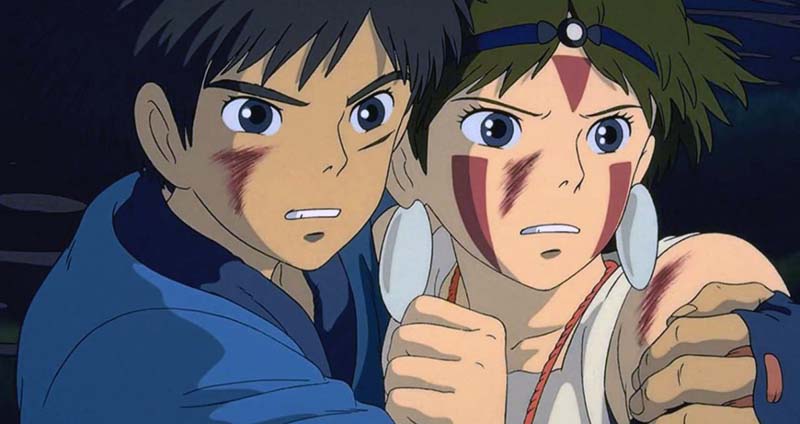
Lady Eboshi – Wants to control the forest for industrial progress and the good of her people. She has taken in outcasts from society and given them a place to live and thrive, where everyone is equal. This is a positive goal but to do this she must destroy the forest surrounding Irontown for its resources.
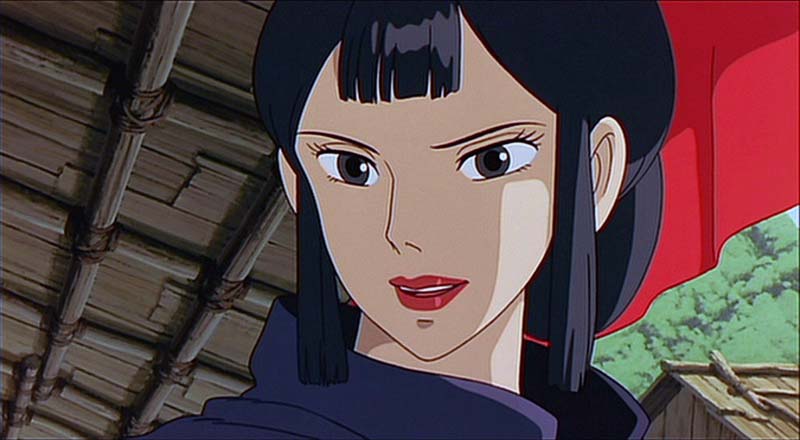
The depths of the story is taken to another level when Ashitaka is able to see the situation from the perspective of other characters. Two more opponents are added to the story to fill out the four corner web of opposition…
San / Princess Mononoke – A human girl who has been raised by the wolf Goddess, Moro. San despises the humans and wants to kill Lady Eboshi for what she has done to her habitat. She is opposed to the story’s antagonist and is the one that teaches the protagonist, Ashitaka that Eboshi is destroying the forest.
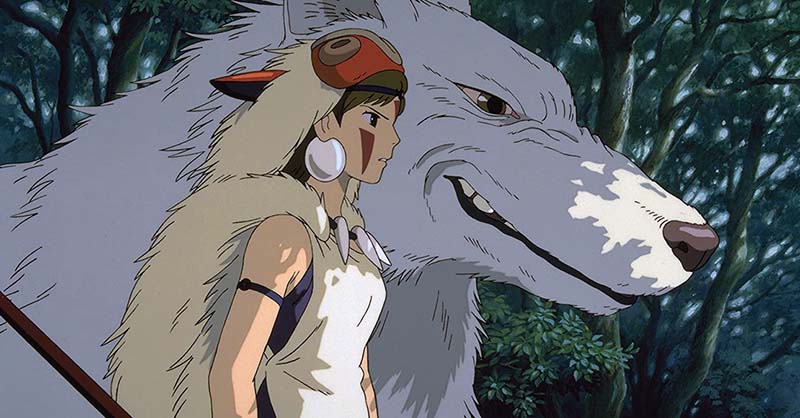
Jigo – Another character Ashitaka meets on his journey. Jigo is a cynic who is only concerned with his own self-interest, at any cost. He has been sent by the emperor to retrieve the head of the Forest Spirit head which is said to grant the Emperor immortality and Jigo riches. The fate of Irontown or the forest is not Jigo’s concern.
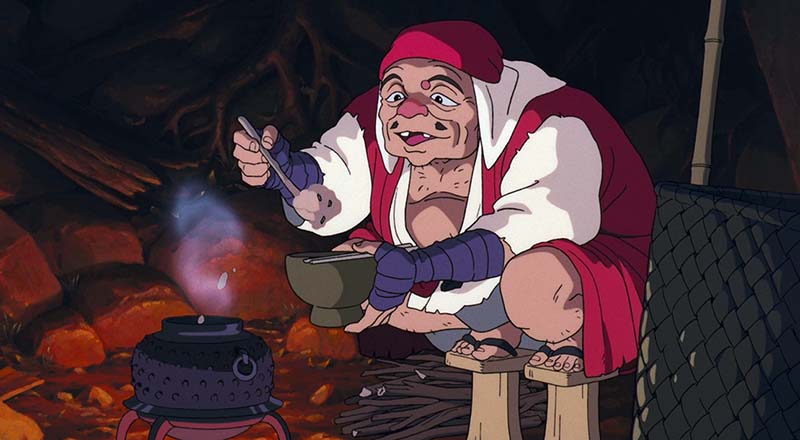
The conflict between the four characters is what drives the story forward and allows the film to engage in some great worldbuilding as we see things from the perspective of each of the four opponents.
Ashitaka is the only one trying to come to peaceful resolution according to his own values and the mission he was sent out to accomplish. In the end, he accomplishes his goal but it comes at a cost.
Thanks to the use of the four corner opposition technique the viewer is able to take part in a complex world that genuinely has us considering multiple perspectives without being given the easy “good vs evil” storyline.
Here are some tips for establishing four corner opposition:
1) Be clear on the themes your story is built upon what the hero and villain represent within them. This will allow you to develop the central conflict that will propel your story forward.
2) Introduce additional opponents for your protagonist. These are characters other than the main antagonist who will act as obstacles in the way of the protagonist achieving their goal and thematic resolution.
3) Add depth to your story by giving the villain and opponents a reason to be in conflict with each other independent of the protagonist. This is what will take your story to another level and provide the opportunity to develop the worldbuilding through interesting conflict.
Doing this has the added benefit of allowing you to explore and show off the world you’ve created in your story through the conflict between its main characters.
Keep writing and stay tuned for more storytelling tips! In the meantime, you can listen and subscribe to the Story x Story podcast to catch all our deep dives into stories across pop culture plus interviews with great guests across industries.

